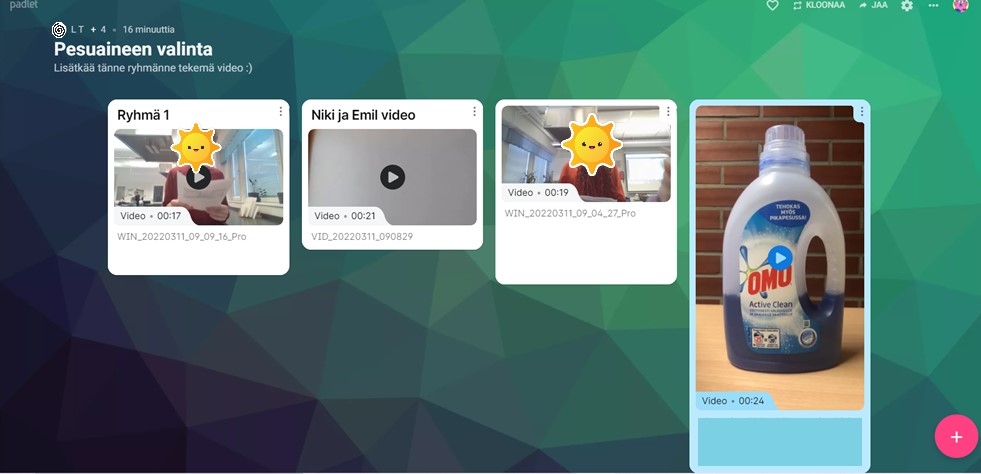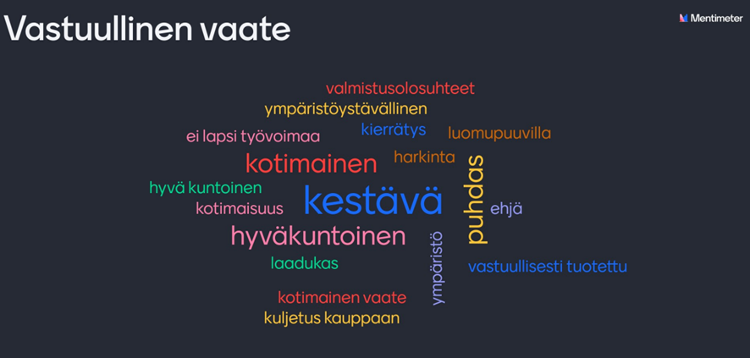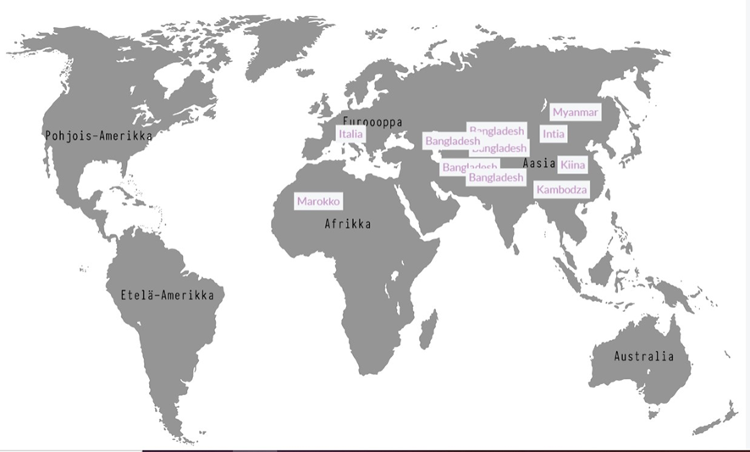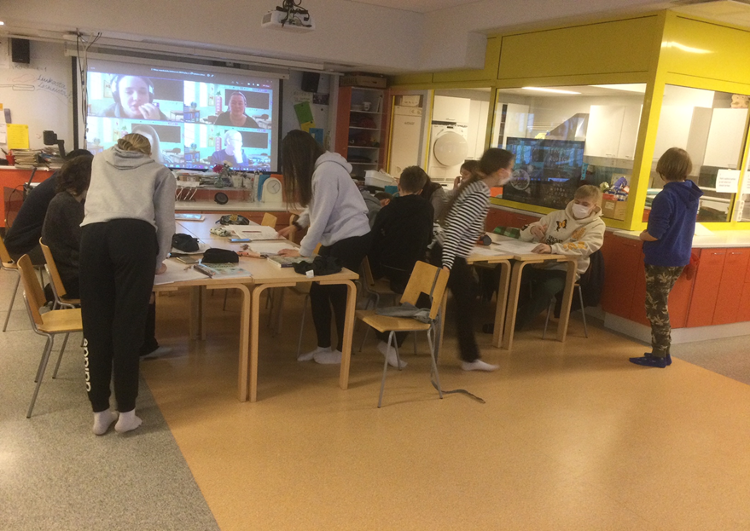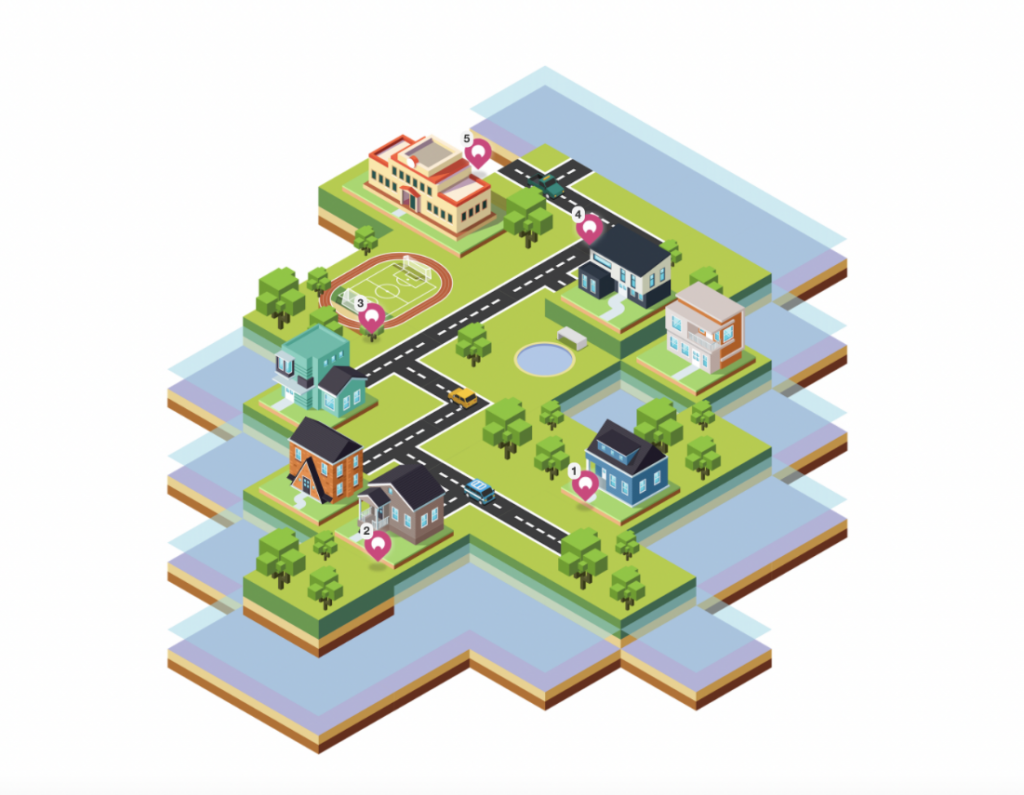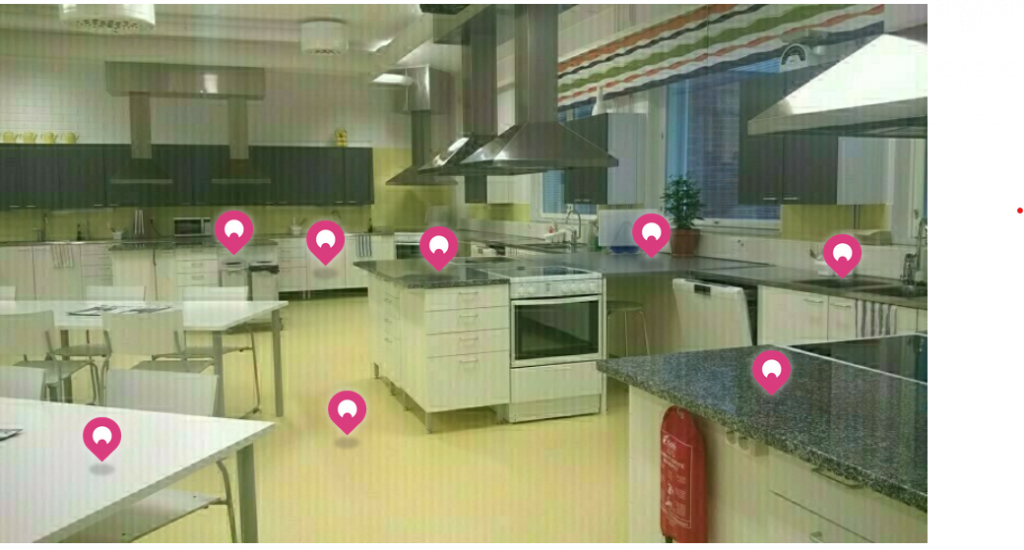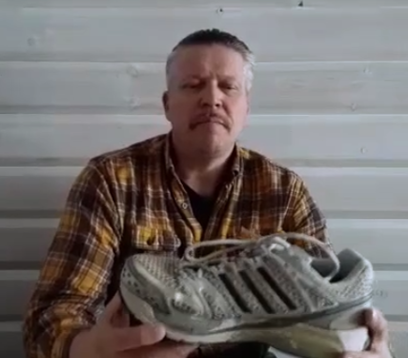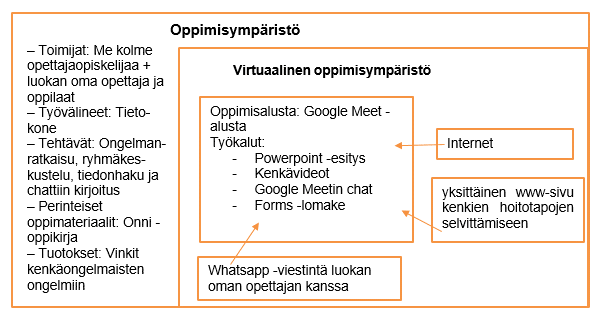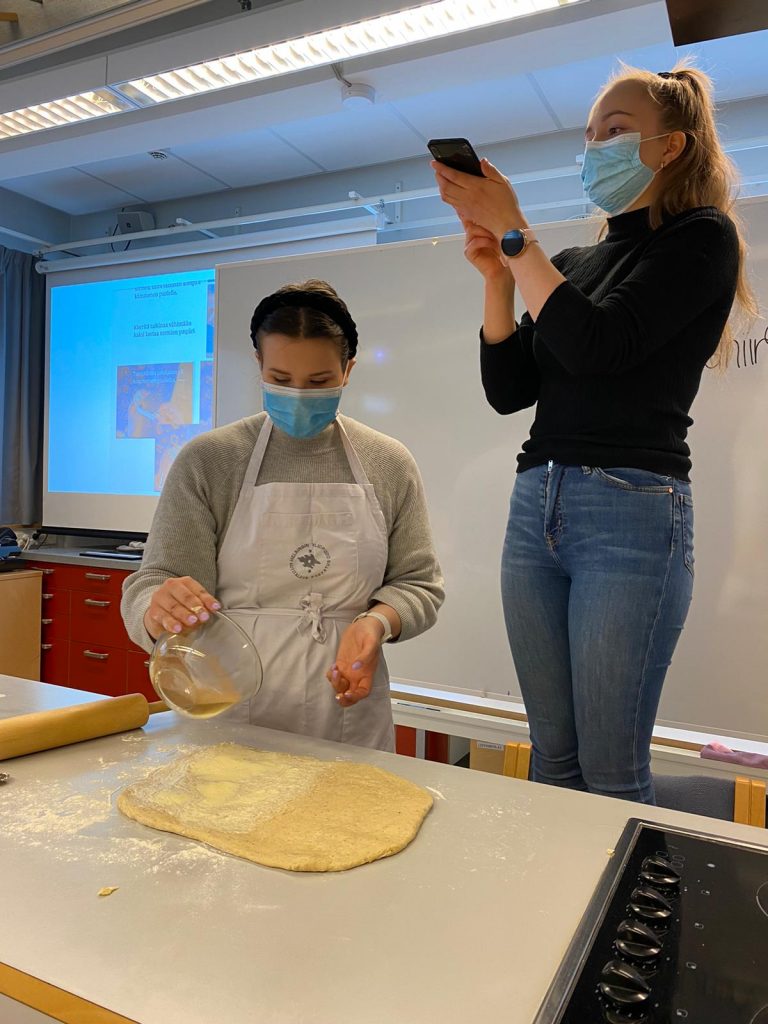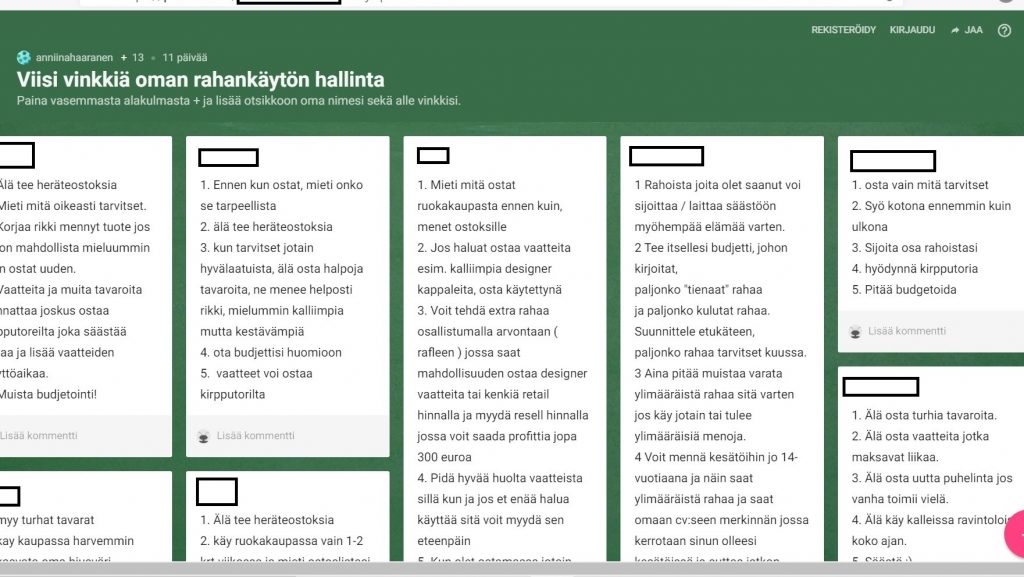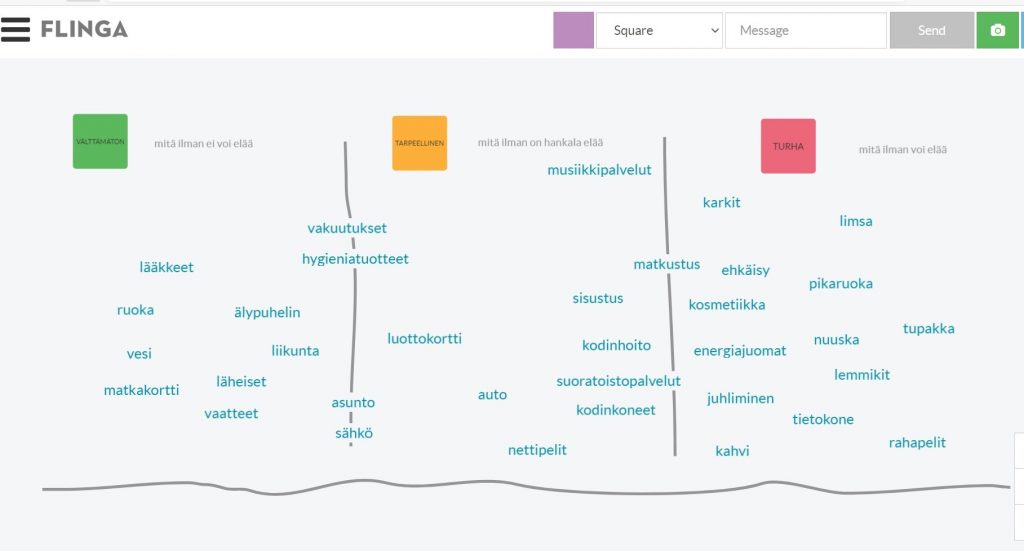This blog entry is about a teaching experiment conducted as part of a university course for home economics teachers in the University of Helsinki in collaboration with a local elementary school. The central theme of the course was to plan an interactional home economics lesson for elementary school students, and to execute it remotely, with teacher trainees operating from outside of the classroom. Our group of three teacher trainees ended up teaching students how to cook with the help of cooking videos found on social media, while their own teachers supervised.
The starting point of our experiment was the notion outlined in the Finnish National Core Curriculum for Basic Education that students are active agents, who set goals and solve problems independently and together with other students (POPS, 2014, s. 17). Initially, when we found out we were supposed to teach ninth-graders how to make fresh homemade pasta — and to teach it remotely — we weren’t sure how we would do it. Luckily one member in our group had prior experience of watching and utilizing cooking videos found on social media, and that became the central idea of our remote teaching experiment.
According to the National Core Curriculum for Basic Education (2014, s. 39), methods of teaching should not only be influenced by the objectives of teaching but also by the needs and interests of the students themselves. Therefore, social media was an obvious resource to be utilized in an experiment based on remote learning, information management, and communication, since ninth-graders are most likely active on social media. We wanted to show students how easy it is to cook using instructional cooking videos in order to encourage them to try cooking the dishes they will inevitably see in their own social media feeds. Eventually we chose to make such instructional cooking videos ourselves, using a popular social media platform we weren’t familiar with at all — TikTok.
Making the videos
In many home kitchens smart phones, tablets, and social media platforms are already challenging traditional cookbooks. Most of the instructional cooking videos are, however, directed at an audience who already have the resources, experience, and confidence to try them. Not only was the experience of cooking with such videos new to most of the students, making such videos was also new to us. So, we wanted to make them very simple and easy to follow. The videos were shot in a training kitchen provided by the University of Helsinki, using a regular smart phone and user interface of TikTok. The videos were also edited and published on TikTok, and after that transferred to YouTube and Google Classroom in case of any technical difficulties that might arise later. We wanted to be sure the videos would be accessible on multiple platforms at all times.
Because the videos were very simple and straightforward, we did not write a script for them. Before shooting each “scene”, we quickly negotiated who would do what during the scene. The user interface of TikTok made it very easy to cut from one scene to another, which is in fact the main attribute of the platform in question. This made shooting very easy, because we had time to think about the next scene between every shot.

Mixing the pesto with the pasta. Photograph by: Tiina Munck
While shooting the footage was not that challenging, it was time consuming. Originally we reserved three hours for the production, but ended up using almost six. This was mostly because we did not have much prior experience of using TikTok, aside from shooting a few practice videos at home. Having little knowledge of the editing features and limitations of the user interface ended up costing us time. We were not entirely sure how much we would be able to edit the videos afterwards, so we decided to finish the editing of all videos individually before saving them. This turned out to be a good decision, since TikTok does indeed limit how much you can edit already saved videos.
We ended up with six videos, all about one minute long. They were mostly filmed over a wooden countertop, with only the hands of the cook and food itself visible on screen. All stages of the cooking were subtitled with the quantities and the names of the ingredients.

Screenshot from a video. From: opetatoisin — TikTok
Planning and executing the experiment
The whole teaching experiment took about four weeks to complete, with two different teachers and their three classes of ninth-graders. All the meetings with the teachers and their students before, during, and after the experiment were conducted remotely. In the first week we focused on researching and learning the production of cooking videos and then introduced our ideas to the teachers, while discussing the practical arrangements of the experiment. In the second week we introduced ourselves to the students and let them know about what we were going to do with them in the following week. We asked them what kind of sauce they wanted to eat with their pasta. Including students in the planning is pedagogically motivating, and also committing (Jyrhämä et al., 2016, s. 111). The videos were shot during this week and we also wrote some written instructions for the students on where to find the cooking videos and what ingredients to buy for the lesson. In this school students did the grocery shopping for home economics classes.
During the third week we conducted the first two lessons with two different student groups. The students’ own teachers had initially estimated that making fresh homemade pasta would be very challenging timewise, so we crafted a very detailed lesson plan for the first attempt. The teacher in the classroom was instructed to help students find different utensils and tools for practical purposes and to supervise the students for obvious safety reasons. All questions regarding the actual contents of the lesson were to be directed at us, the teacher trainees, who were monitoring the class through a webcam connection on a laptop located in the classroom. During the first two lessons we did not encounter any problems regarding time and scheduling. Based on our own observations and the feedback we got from the students and their teacher, some small changes were made before the second and the third lesson.

Illustration of remote teaching environment
In the fourth and final week, we worked with a new teacher and a new student group. In this third and last lesson, we had updated our lesson with regards to gathering feedback. This time we instructed the teacher to carry the laptop around the classroom while the students were eating their food, so we could ask them directly what they thought about the lesson. We also encouraged the students to comment on the TikTok videos using the comment section of TikTok. Both the teacher and the students gave us positive feedback about the experiment. They thought cooking with our videos was practical and that rewinding the videos was an easy way to go back to the critical parts of preparing the meal without having to ask for help.
Jalkanen, Iiro
Munck, Tiina
Pihkala, Ulla
References
Jyrhämä, R., Hellström, M., Uusikylä, K. & Kansanen, P. (2016) Opettajan didaktiikka. Jyväskylä: PS-kustannus
POPS (2014). Perusopetuksen opetussuunnitelman perusteet 2014. Helsinki: Opetushallitus.


